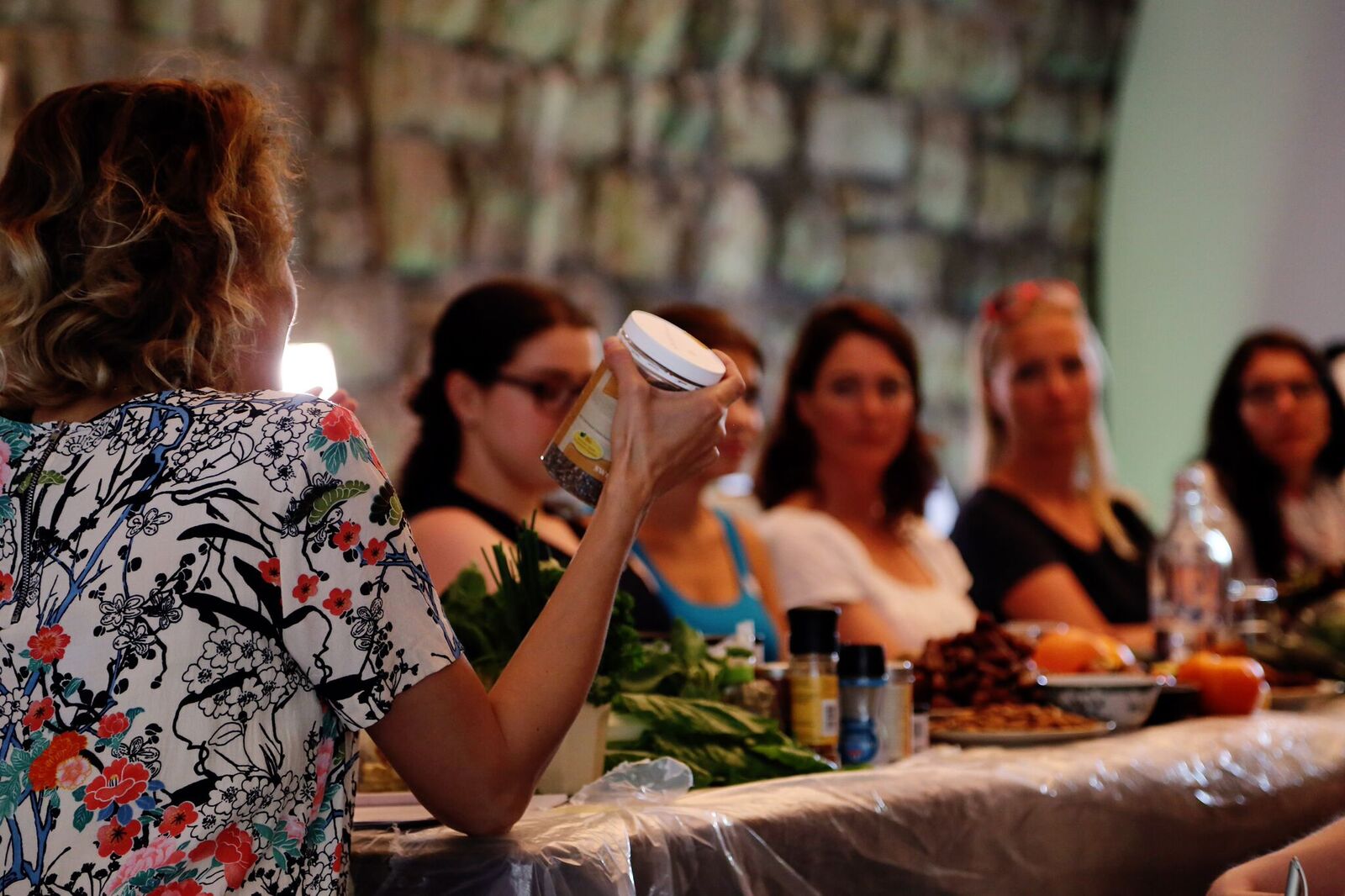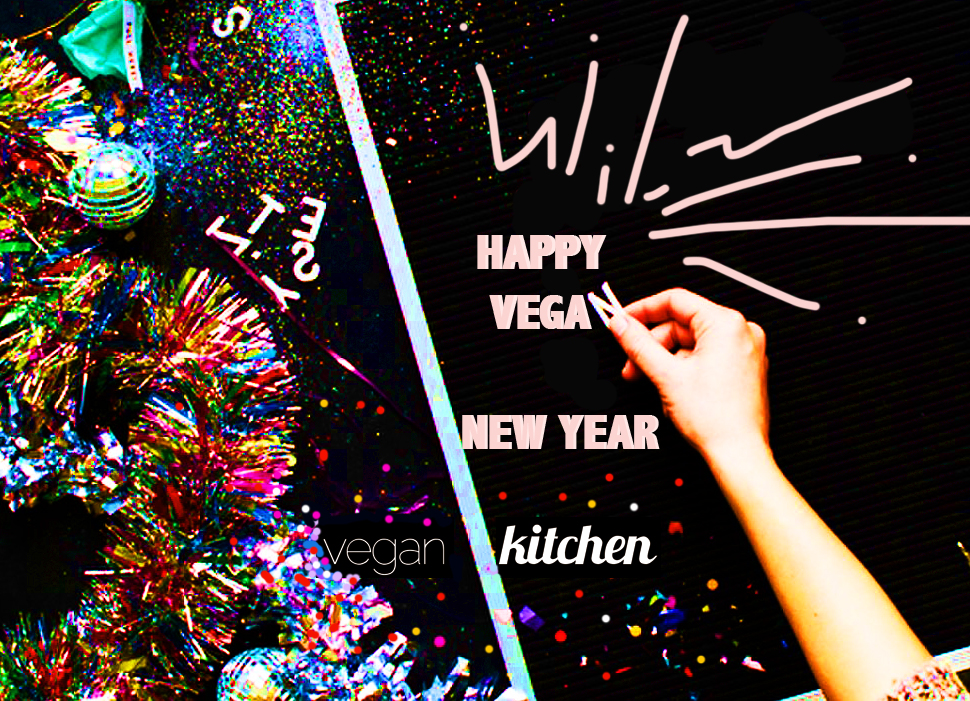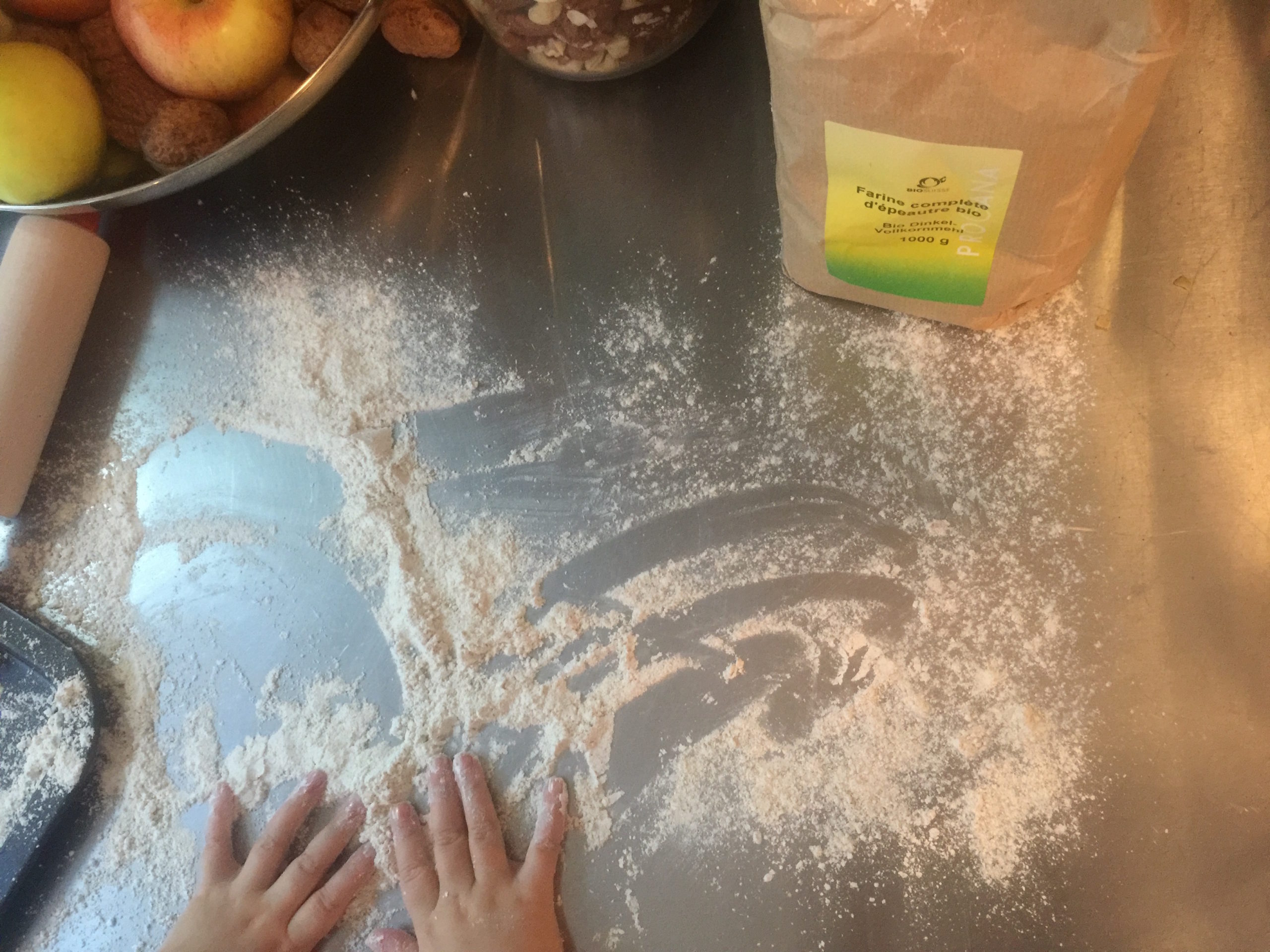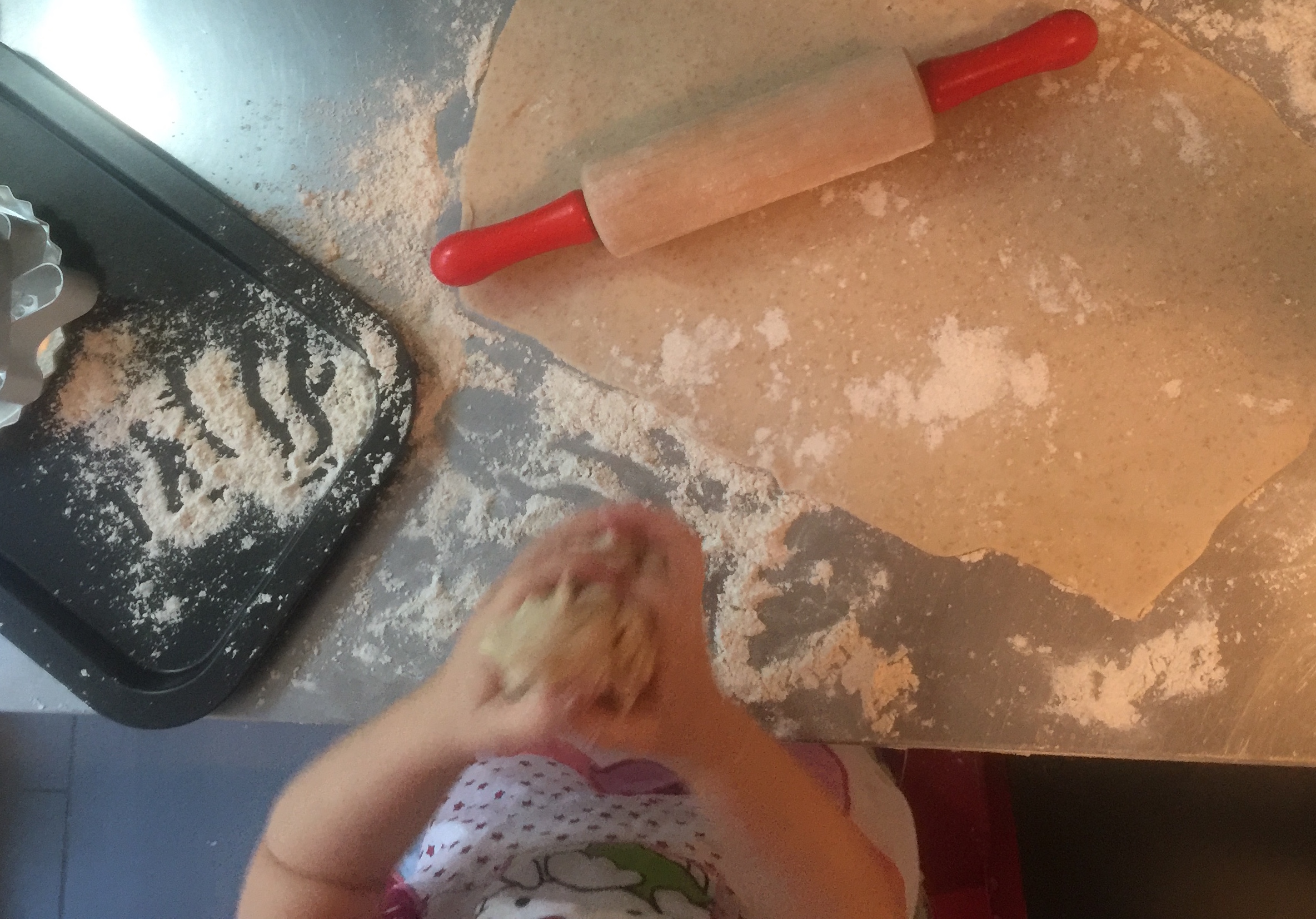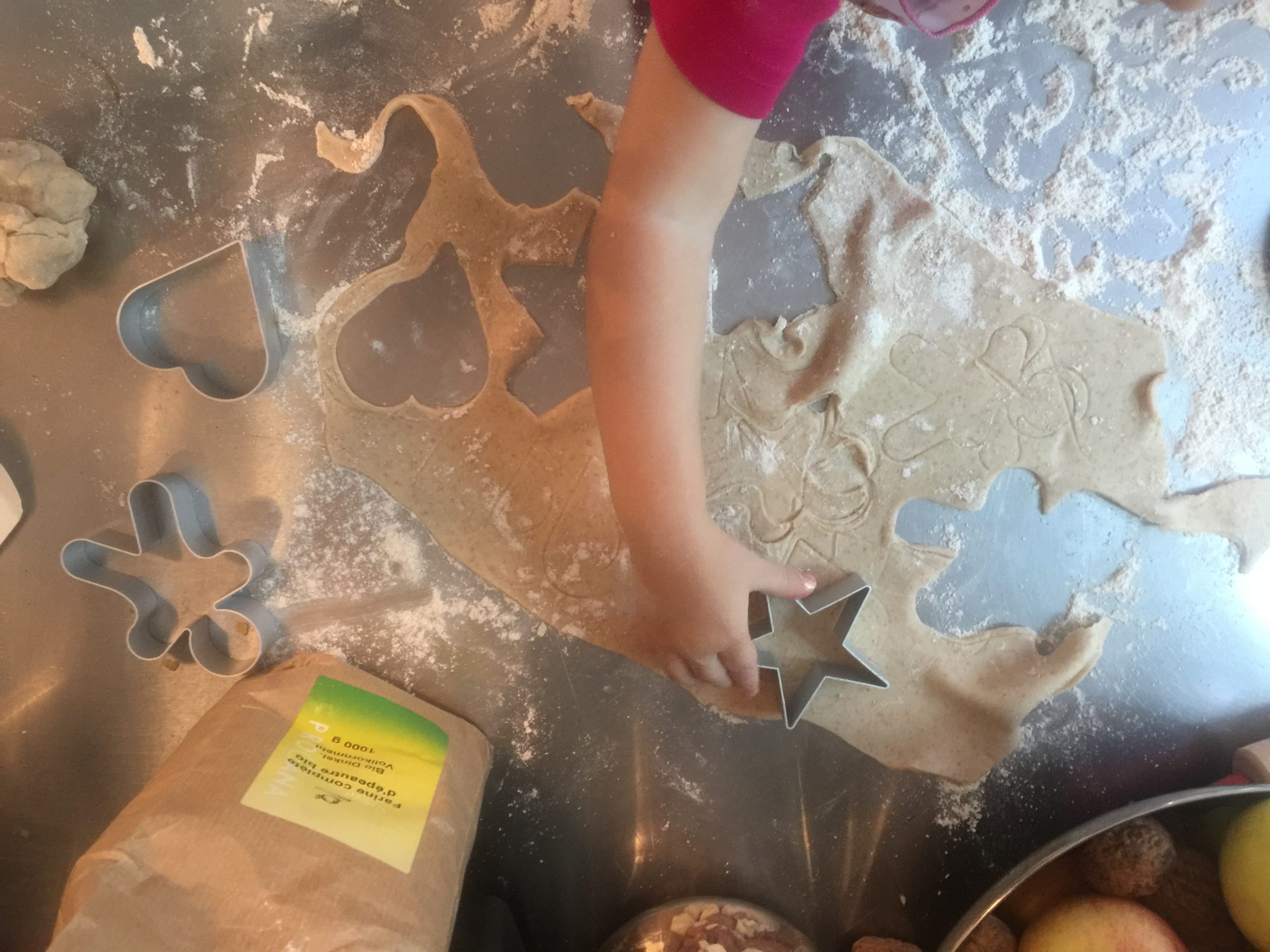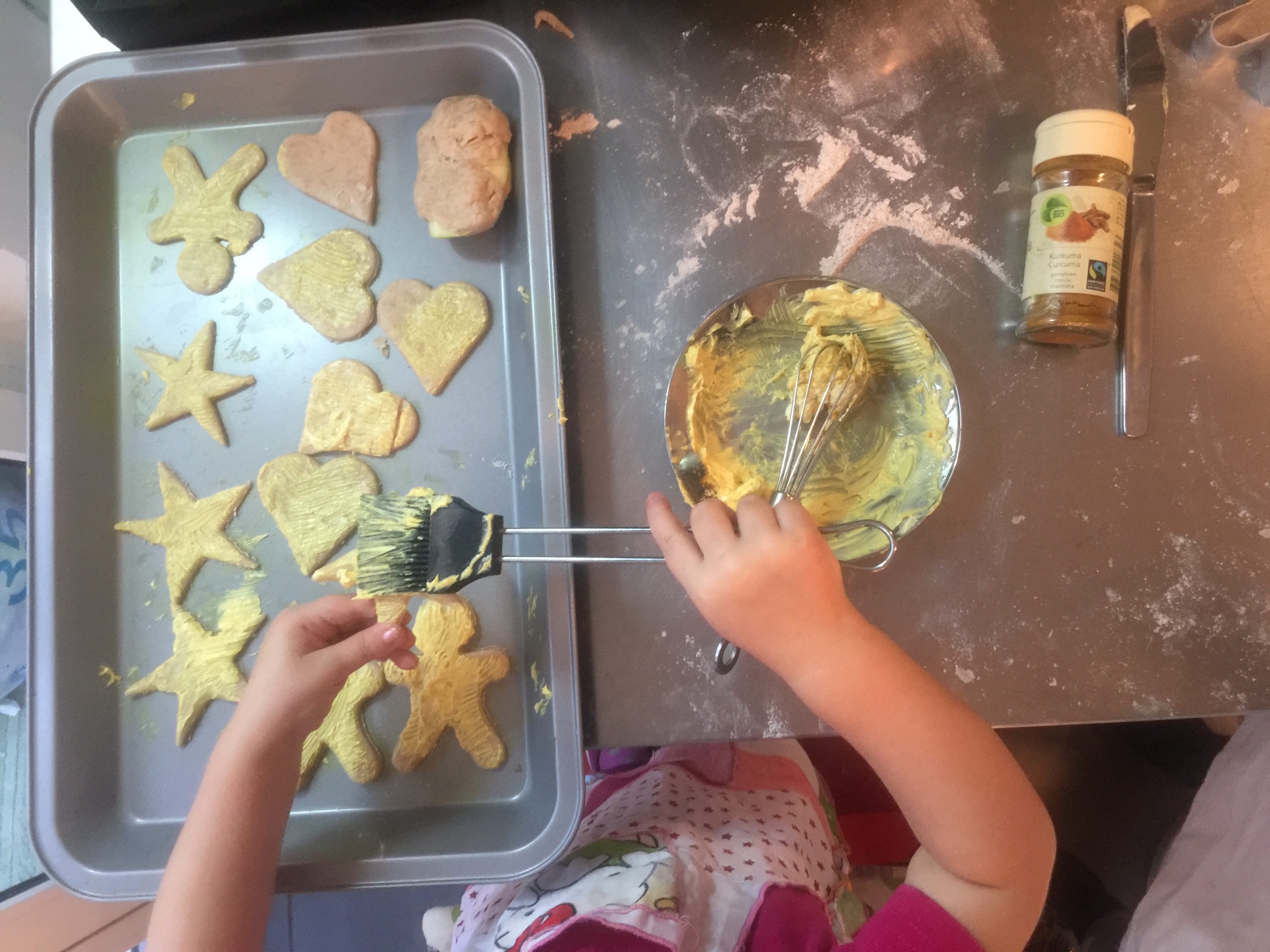Tuesday 18 April Green Smoothie market visit all info
here
.
 Lauren Wildbolz is on the hunt for herbs and vegetables at Helvetiaplatz. I got to know Lauren when she opened her first vegan restaurant in Zurich and asked me if I could make her Kräuter-Kränzli for the opening.
Lauren Wildbolz is on the hunt for herbs and vegetables at Helvetiaplatz. I got to know Lauren when she opened her first vegan restaurant in Zurich and asked me if I could make her Kräuter-Kränzli for the opening.
I was very happy to do this and since then she has been coming regularly to our market stall to buy her herbs and vegetables.
Herbs are my passion. Of course, this also includes
wild herbs
which are still authentic in their mineral and vitamin compositions and which above all have advantages over cultivated herbs.
At the same time, they are a link to cooked and raw food and, more so than cultivated herbs, they contain important compounds that are essential and therefore unadulterated and not bred out (e.g. bitter substances in salads and vegetables).
The large farms are no longer able to produce a variety of crops, so over the last 50 years it has developed that such farms all grow roughly the same thing. The superiority over small farmers is very great.
To track down wild herbs, you need a lot of knowledge, a little courage and a lot of time. But they are not yet lost, and we can even find them on our doorstep, in our own garden or on the balcony, as long as we don’t pull them out unknowingly!
In keeping with the theme of the new
Lauren Wildbolz book VEGAN LOVE
here are a few examples for moms-to-be, moms-waiting and moms-to-be:
 Nettle: What an indispensable plant and not interchangeable with any other (Rudolf Steiner). Harvested green as a side dish with potato stock (nettle spinach)
Nettle: What an indispensable plant and not interchangeable with any other (Rudolf Steiner). Harvested green as a side dish with potato stock (nettle spinach)
Tea infusion with fresh or dried leaves
As an addition to herbal salt or cooked as a soup! Wonderful!
Nettle root extract in fruit vinegar for a foot bath (leave to infuse for 2-3 weeks in a warm place in a closed jar).
Ingredients: Histamine, acetylochine, yellow gall and formic acid, vitamins A and C, iron, magnesium, silicon, sodium, potassium and calcium.
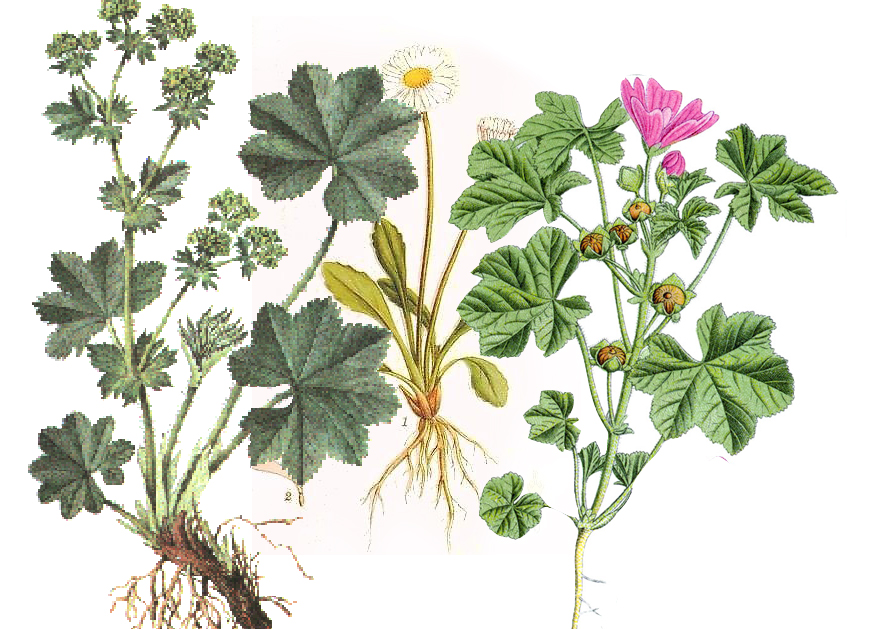 This is just an example, because there are many more plants that are of great value during pregnancy, such as lady’s mantle, Bellisperemnis, Malva sylvestris (bird’s-eye weed – high vitamin C content).
This is just an example, because there are many more plants that are of great value during pregnancy, such as lady’s mantle, Bellisperemnis, Malva sylvestris (bird’s-eye weed – high vitamin C content).
 Now to a monastic herb of the rue (Ruta graveolens), a strong-smelling and not unproblematic phenomenon, as it produces substances on its leaves during photosynthesis that can easily lead to inflammation of the skin and sometimes cause real burns (should not go unmentioned in this context).
Now to a monastic herb of the rue (Ruta graveolens), a strong-smelling and not unproblematic phenomenon, as it produces substances on its leaves during photosynthesis that can easily lead to inflammation of the skin and sometimes cause real burns (should not go unmentioned in this context).
It also has laxative and pregnancy-preventing properties. Therefore not to be used before or during a desired pregnancy.
Otherwise, use sparingly in salads in the kitchen or spread a few leaves on a soy cream cheese sandwich or church pea puree (hummus), an enrichment!
Ingredients: essential oil, alkaloids, flavone, ruby
Sincerely,
Ruth Gerber, organic gardener and herb specialist
Organic Birchhof, Roger Gündel Oberwil-Lieli
 If you would like to meet Ruth in person, you can do so spontaneously next Tuesday at the Green Smoothie Market visit, all information here.
If you would like to meet Ruth in person, you can do so spontaneously next Tuesday at the Green Smoothie Market visit, all information here.
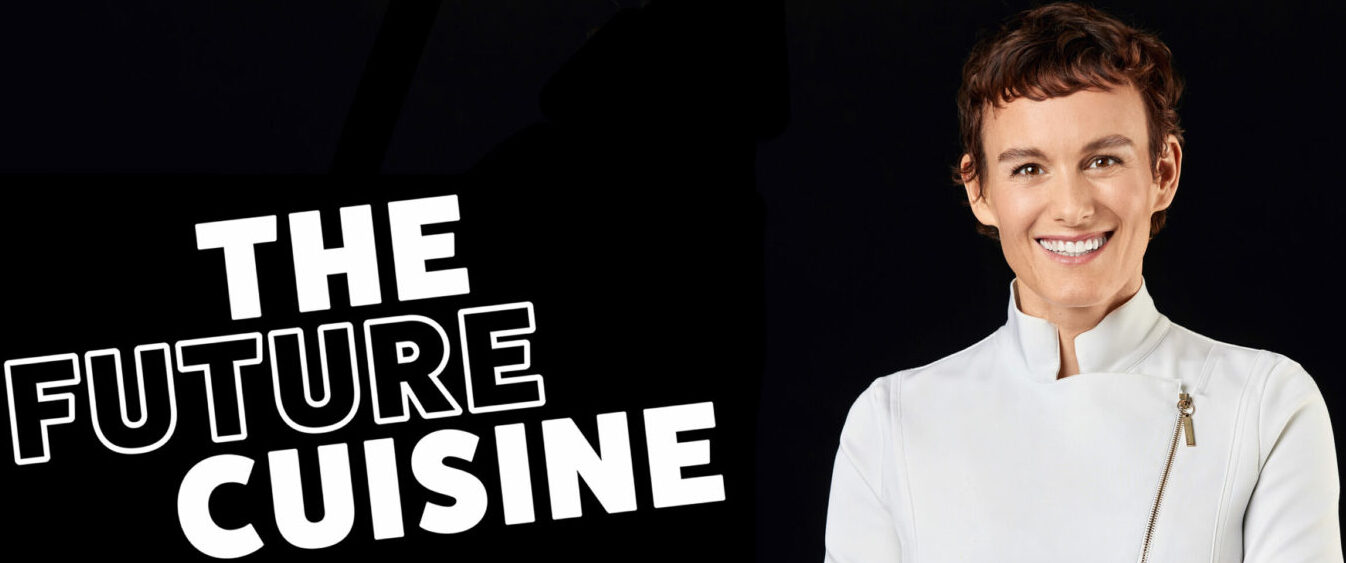
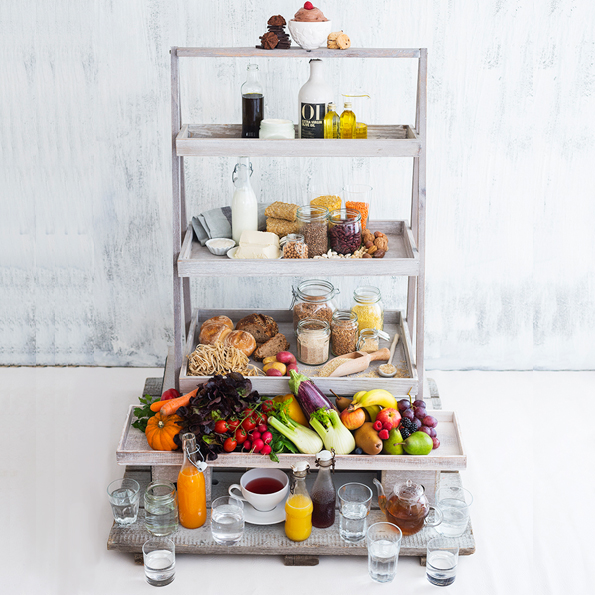



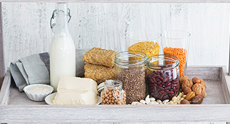













 Here in the picture: Weiss Secondhand Stoff Stilettos,
Here in the picture: Weiss Secondhand Stoff Stilettos, 

